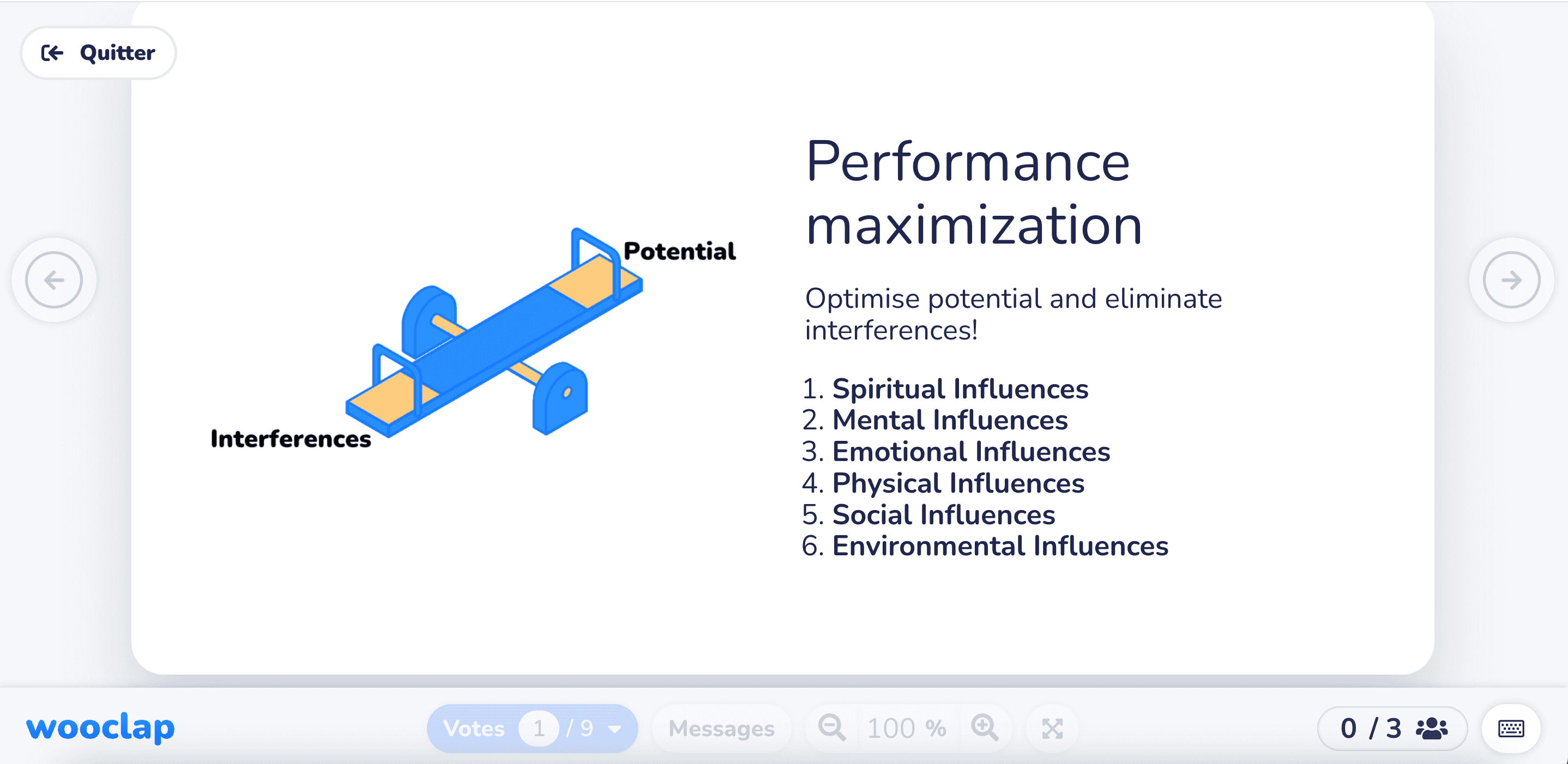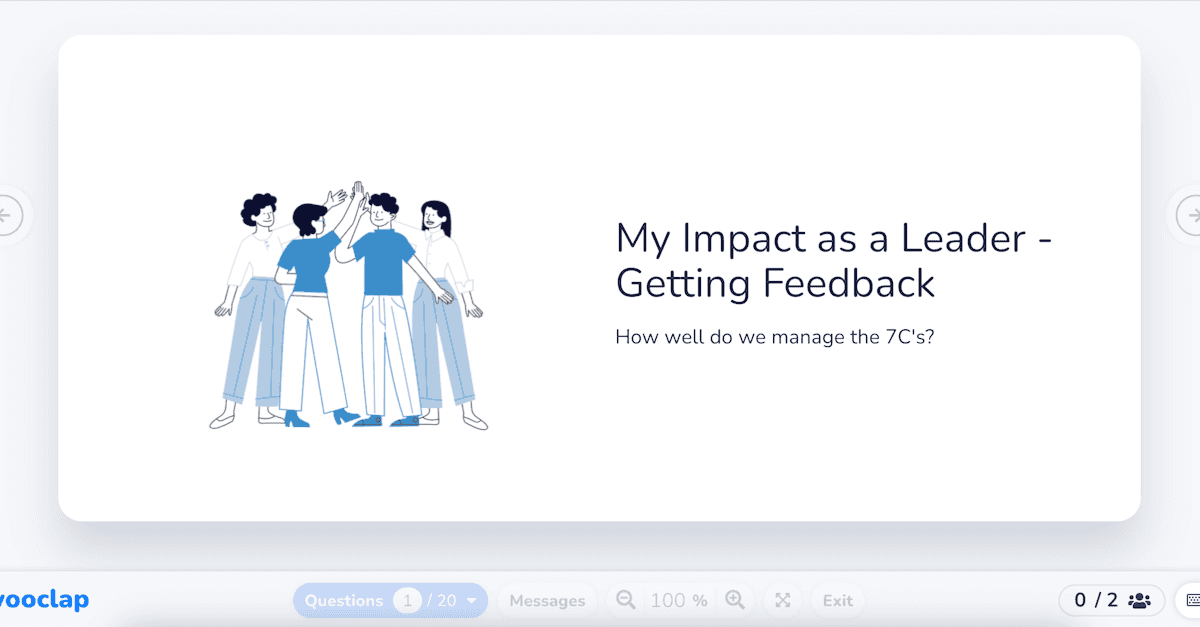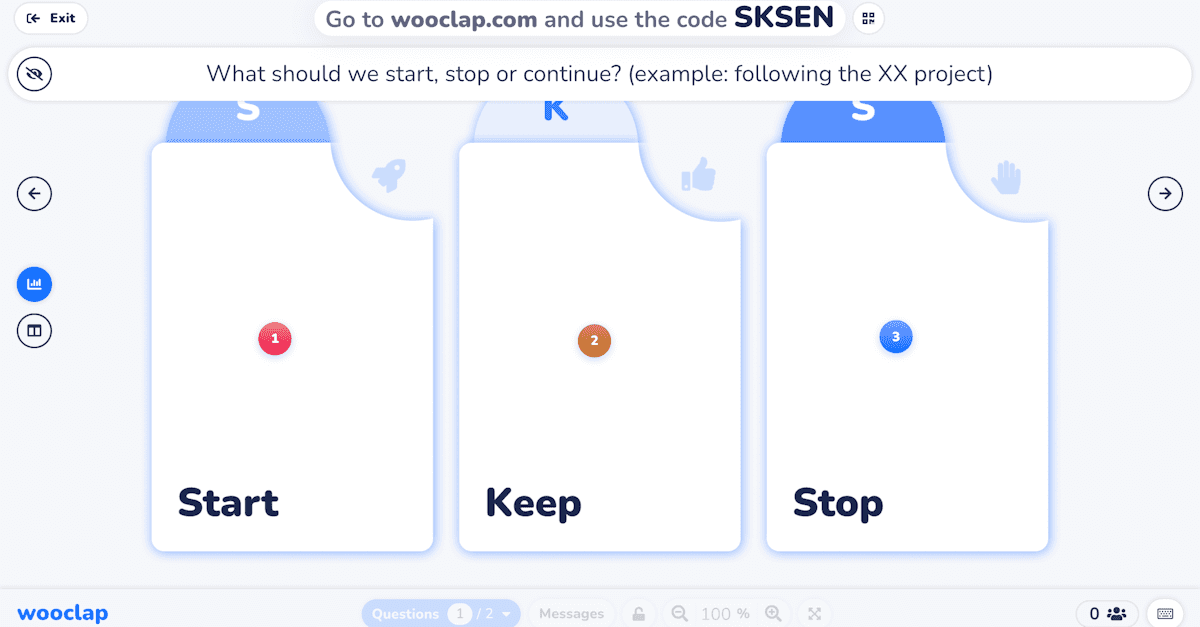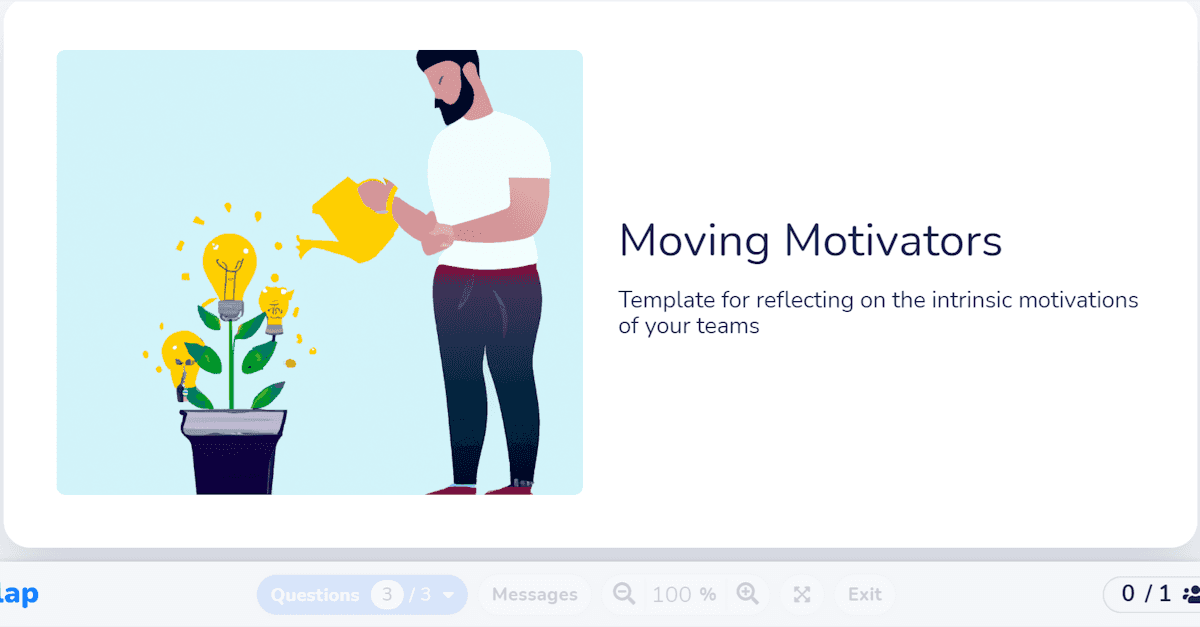INTERACTIVE TEMPLATEEmpower your team to reach its full potential
2023-06-30 •

From Mark Freer

What is this Framework about?
What is this Framework about?
This framework aims to achieve optimal performance by reducing interferences and maximizing potential. To do so, the framework assists in identifying internal or external influences that impact a person either positively or negatively i.e. that form either an interference or a potential.
Here are the six elements that play a significant role in this framework, presented in a numbered list:
- Spiritual influences: This element refers to the degree of connection an individual has with their purpose, goals, values, beliefs, skills, and strengths. It involves understanding oneself and aligning actions with personal aspirations.
- Mental influences: Mental capacity encompasses an individual's ability to focus, prioritize tasks, multitask effectively, and resist distractions. It involves optimizing cognitive processes to enhance productivity and concentration.
- Emotional influences: This element focuses on an individual's ability to recognize and utilize their emotions positively rather than being overwhelmed by negative emotions. Emotional control enables individuals to manage stress, maintain motivation, and make sound decisions.
- Physical influences: Physical health highlights the significance of fitness, well-being, training, rest, and diet. Maintaining a healthy lifestyle contributes to overall vitality, energy levels, and resilience, positively impacting performance.
- Social influences: The social network element involves the people an individual surrounds themselves with, who provide support, encouragement, and positive energy. A strong support system can boost motivation, provide guidance, and offer valuable feedback.
- Environmental influences: This element includes the physical spaces an individual occupies, such as their office or remote working environment. These surroundings can either facilitate or hinder performance, depending on factors like organization, comfort, and minimal distractions.
This approach can also be compared with a seesaw.
On the one side of the seesaw is sitting the individual potential and on the other side is sitting the interference. While being on it you really try to push the potential up and the interference down. When any of these elements are not in their optimal condition, the interference they create can push down an individual's potential, resulting in subpar performance.
Therefore, it is crucial to be aware of the current state of each element and identify measures to overcome interferences. This framework serves as a guide to help individuals assess their performance and implement strategies to maximize their efficiency.
When to use this Framework?
To reflect on the team’s performance
Get an overview of how your team is doing
The framework is a precious tool that can help you evaluate your team's performance in a systematic and objective way. It is helpful to get an overview of the team's past performance and how they are feeling. It really centres the employee's perspective. By analysing different aspects of your team's work in the first part, you can identify specific factors that may be hindering optimal performance, such as communication breakdowns or unclear goals. In the end, you can send them their answers via the Wooclap report so that they can reflect on their own situation.
Brainstorm measures to ensure optimal team performance
In the second part of this template, you can initiate targeted discussions with your team and brainstorm on how to lower interference and optimise the potential. Therefore, you need to identify possible measures and turn them into actions that will have the most impact and develop strategies to enhance your team's overall performance. Using this template periodically, it allows you to track progress over time. By collecting data on your team's performance and comparing it to previous periods, you can see where you've made progress and where you still need to focus your efforts.
Leverage your team’s strengths
This data-driven approach can help you make more informed decisions about how to improve your team's performance, and can also serve as a powerful motivator for your team members. Throughout the focus on potential, the framework can also help you identify areas where your team is already excelling. By understanding what works well, you can build on these strengths and create an environment that fosters growth and success. This can help your team feel more confident and motivated and can also improve overall morale and job satisfaction.
To coach an employee about enhancing their performance
This template provides coaches or employers with a structured approach to measure the overall performance of a trainee or employee.
Understand the current state of your employee’s performance
During a 1:1, you can ask the participant to fill out the questionnaires that are listed in this template. These are all about the six areas that influence performance. Within the session, it is vital to take the time to go through all the answers in detail. Therefore you need first to analyse precisely the current situation. Identify interferences that arise right now or also in the past that hindered the person from performing at their best. This results in showcasing the areas that will need improvement.
Generate a plan to perform better
In the second part of the session, it is then crucial to focus more on how to optimize the potential and eliminate the elements that have led to poorer performance. For that, you can develop measures for each area necessary and define actions to generate the maximum performance your employee or trainee can get.
How to use the template?
This template has been designed to simplify the process of collecting accurate information by asking relevant questions. To begin, it's important to understand how participants perceive themselves in relation to the topic at hand. This template then guides the audience through the six key elements of the framework. Each element is broken down into different rating questions, where participants rate themselves on a scale of 1 to 10 based on their personal experiences. Upon completion, participants will see the average score for each element, indicating whether they are performing optimally or not. A score of 10 denotes optimal performance. Finally, it is crucial to develop solutions or mention requirements to help improve performance and reach 10 points in each category.
Download this event template

Creator

Mark Freer
Leadership coachMeet Mark Freer, a professional leadership coach and consultant. With over 30 years of leadership experience within the Telco. & Tech. industry, and a passion for supporting individuals and teams reach their full potential, Mark founded Heads Up and Freer. He has worked with clients across a wide range of industries and sectors, from startups to Fortune 500 companies, and has a proven track record of delivering results. Mark's coaching style and training approach is tailored to each client's unique needs and challenges, and draws on his deep expertise in energetic profiles, brain science, leadership development, and communication skills.

Get feedback on your leadership
This template ensures efficient feedback using the 7C's Framework. It helps leaders assess the most critical leadership qualities for improved leadership.



Start, Keep, Stop: the feedback model from Wooclap's CEO
Optimise your collaboration and decision-making with Wooclap Managing Director’s favorite feedback framework: structured feedback, commitment from all, continuous improvement.



The Moving Motivators (Intrinsic Motivations)
Invented by the founder of Management 3.0 Jurgen Appelo Moving Motivators is an exercise that helps us reflect on the motivation of our teams. It's a tool that helps understand the motivation...



